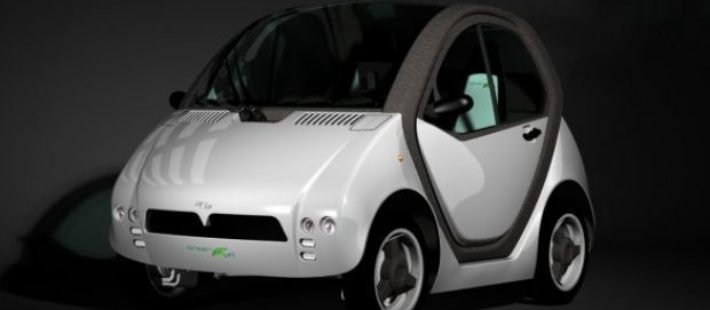

The European CIRCE project (Circular Economy Model for Carbon Fiber Prepregs), born from the collaboration of five Italian companies and financed under the LIFE program (LIFE ENV/IT/00155), has studied how to reuse the scraps of carbon fiber prepreg to produce structural components such as car parts, brake discs, toe caps for safety shoes and more….

Il progetto europeo CIRCE (Circular Economy Model for Carbon Fibre Prepregs), nato dalla collaborazione di cinque aziende italiane e finanziato nell’ambito del programma LIFE (LIFE ENV/IT/00155), ha studiato come riutilizzare gli sfridi dei prepreg in fibra di carbonio per produrre componenti strutturali come parti auto, dischi freno, puntali per scarpe antinfortunistiche e non solo….

The use of CFRP can significantly reduce CO2 emissions in transportation, including airplanes and automobiles. However, a lot of CO2s is released during the production of CFRP, and most used and waste materials end up in landfills. With the growing market of CFRP, there is a strong demand for the development of recycling technologies. Toyota Industries have developed technology that aligns recycled carbon fibers from used CFRP into a uniform, consistent yarn, adapting its well-established cotton spinning methods to carbon fiber….

Spherecube, una startup e spinoff dell’Università Politecnica delle Marche, propone di risolvere i problemi legati alla produzione tradizionale dei materiali compositi alto performanti, grazie ad un sistema brevettato di stampa 3D per compositi a base termoindurente e rinforzo continuo, che permette di ridurre gli scarti di produzione, di eliminare i materiali consumabili, di accorciare il tempo di curing e di azzerare gli sfridi di materiale….

BASF, Flex-N-Gate, Toyota and L&L Products were named finalists for the 2023 JEC Innovation Award in the Automobile and Road Transportation – Design Part category with the composite seatback design of the 2022 Toyota Tundra. The goal was to make the vehicle as light and efficient as possible, but also cost-effective, with flexible design and more storage space for the end user….

